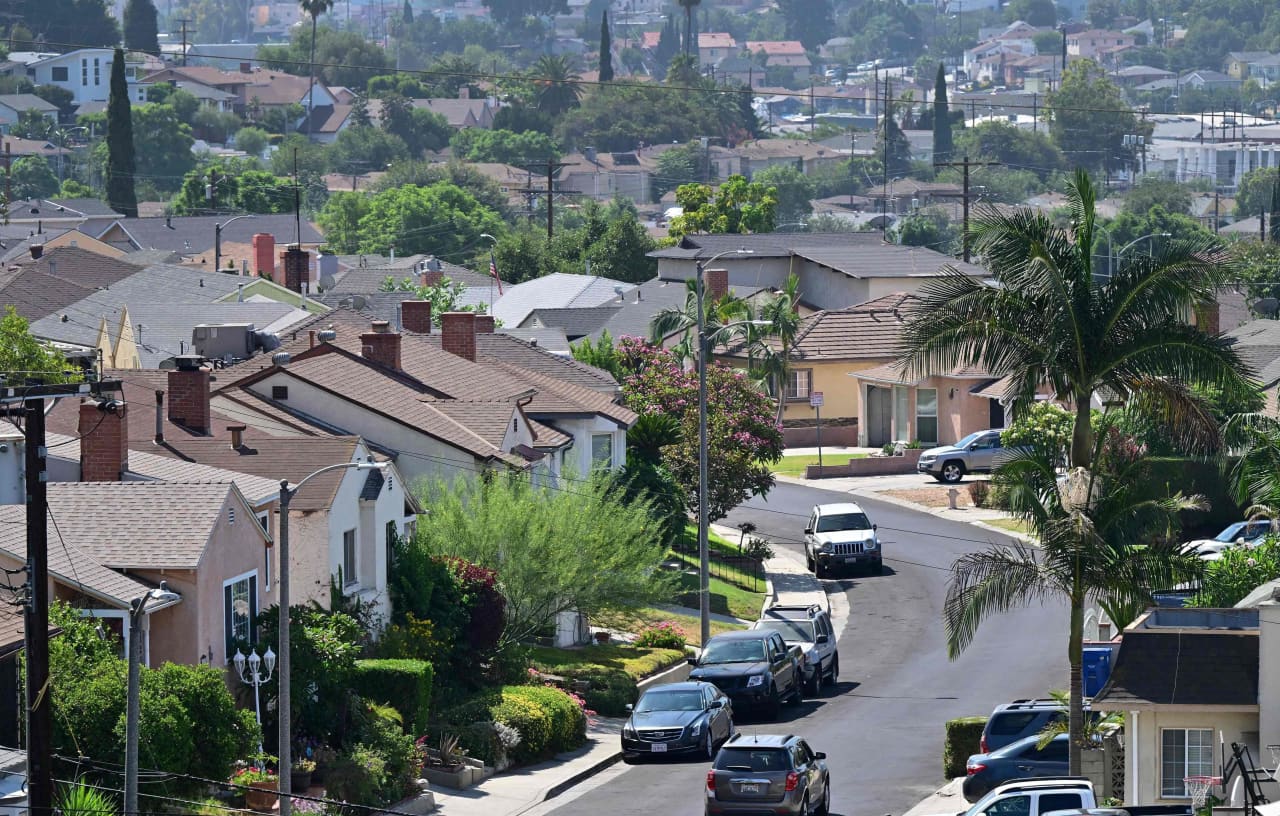Is Zomato’s path to profitability sustainable in the highly competitive food delivery space?

Zomato is one of the startups that has grown in a short period of time and has understood the needs of its customers well. Deepinder and Pankaj launched an early version of Zomato called FOODIEBAY from Vain & Company’s offices in Delhi.
They created a website and uploaded scanned copies of their food court menus when they first started business as a private limited company.
After discovering the icing on the cake by analyzing the traffic to their website foodiebay.com, they expanded their services to Delhi-NCR, followed by Mumbai, Kolkata and Bangalore (metro cities).


They launched a mobile app, changed their name to Zomato, and expanded their services to PAN India in November 2010. Now, Zomato is a technology platform that provides customers with convenient, on-demand solutions to search and discover restaurants, order food, and shop. We deliver reliably and quickly.
Zomato’s IPO: A Rollercoaster Ride
The problem is that Zomato has not made a profit for the last six years ending FY23. When the company listed on the Indian stock market in July 2021, it was making losses. However, Zomato had an unusual debut on Dalal Street as the stock opened at 116 compared to the last offer price of 76, offering a premium of 66 per cent.
It hasn’t been an easy task since then, with the stock reaching ₹46 in January 2023. However, it recorded a surplus in the first quarter of 2024 and maintained a surplus until the 3rd quarter of 2024, and has maintained it until now. The stock price also soared 190% compared to last year. Will it continue to operate profitably in the future? Well, let’s look at the article to understand.
Zomato Food Delivery: Growth Driver
ZOMATO’s primary business is food delivery, which accounted for 64% of the company’s revenue in FY23. With a presence in up to 1,000+ Indian cities, the company is leading the online meal delivery market with over 35% market share. Customers, delivery partners, and restaurant partners are the three major stakeholders involved in the food delivery industry.
customer: In FY23, 17.1 million monthly transaction users (MTU) ordered food on ZOMATO’s platform, compared to 14.7 million MTU in FY22, with an average monthly ordering frequency of 3.4.
Delivery Partner: In Q1 FY24, ZOMATO had approximately 352,000 active delivery partners, up from 327,000 in FY23, making it India’s largest hyperlocal delivery network. The company maintains an average rate of six deliveries per day per partner.
In large cities, securing a sizable pool of delivery partners can be difficult due to competition from other organizations. As a result, ZOMATO is expanding its operations to Tier II and III cities where the availability of delivery partners exceeds that in metropolitan areas.
Restaurant Partners: Restaurants play an important role in the food delivery industry by offering a variety of food options locally. The more restaurant partners you have, the more likely you are to see an increase in Monthly Transactional Users (MTU) on your platform.
In FY23, ZOMATO’s restaurant partners increased to 215,000 from 205,000 in FY22. Additionally, the number of orders per restaurant also showed improvement, increasing from 2,025 in 2019 to 3,280 in 2023.
Hyperpure: Strengthening the Restaurant Supply Chain
ZOMATO launched Hyperpure in August 2018, providing farm-to-table supply solutions to restaurants across India. Through this service, the company improves the efficiency and predictability of its supply chain by sourcing fresh, hygienic and high-quality ingredients directly from farmers, factories, producers and processors to supply to its restaurant partners.
The range of ingredients supplied includes fruits, vegetables, groceries, dairy products, poultry, meat, seafood, bakery items, gourmet foods, packaged foods and beverages.
In FY23, this segment contributed 21% to total revenue. In February 2019, Hyperpure opened a 30,000 sq ft warehouse in Bengaluru with a monthly capacity of 4,000 metric tonnes. Accordingly, a larger warehouse of 40,000 square feet was set up in Delhi in March 2019.
Currently, Hyperpure services are available in only 10 cities, with plans to expand the network to 20 cities by FY25.
Blinkit: One step toward business diversification
Zomato completed the acquisition of Blinkit on August 10, 2022, after which Blinkit functioned as a wholly-owned subsidiary of Zomato Limited.
Blinkit operates as a fast commerce marketplace, delivering everyday products to customers within minutes. We maintain an extensive inventory of thousands of SKUs across a variety of product categories, managed through a network of warehouses and distributed dark stores.
Blinkit’s financial reporting covers three quarters of FY23 (Q2FY23-Q4FY23), during which its revenue stood at INR 806.3 crore with a negative contribution of INR 243 crore.
Notably, contribution margin improved significantly from -30% in FY23 to -4% in Q1FY24 compared to -15% in Q4FY23. In FY23, the Blinkit segment accounted for 11% of total revenue.
The evolving Indian food delivery space
Despite ZOMATO’s extensive expansion of its food delivery network to over 1,000 cities in India, India’s food delivery market remains relatively small globally.
India’s total food delivery market in 2021 was approximately $10.8 billion, accounting for only 3.6% of the global market worth $296.4 billion during the same period.
According to forecasts, the Indian food delivery market is expected to reach approximately USD 20.3 billion by 2027, at a compound annual growth rate (CAGR) of 11.0%, compared to the global market growth rate of 7.8% during the same period.
Although India represents a sizable market in absolute terms, there is still a shortage of relevant restaurant supply from an aggregator’s perspective. The nature of the market is such that a significant portion of the suppliers operate in an unorganized manner, offering low-cost items that are not suitable for inclusion in an integrated platform.
Zomato has one of the lowest Gross Order Value (GOV) and Average Order Value (AOV) compared to global players. The continued improvement of the food delivery ecosystem and the subsequent growth of Zomato will depend on three key factors: a) maturation of Indian restaurants, b) enhanced consolidation within the foodservice industry, and c) expansion of Indian restaurant chains.
Effect of Duopoly on Indian Market
India’s food delivery market has seen significant changes since its inception in the late 2000s, with numerous startups entering and exiting the sector. Most recently, Amazon decided to halt its efforts to expand its food delivery service in India. As a result, India’s food delivery landscape has developed into an oligopoly dominated by Zomato and Swiggy.
The key to both companies’ success lies in effective execution and creating a unique niche within the ecosystem. Building a strong network of restaurant partners, couriers (ensuring quick delivery within about 30-40 minutes), and a large transactional user base (MTU – 17.1 million for Zomato) can help curb further competition in the industry.
However, there is one important thing you need to understand before committing your capital for investing. Zomato, founded in 2008, and Swiggy, founded in 2014, have pursued different paths to dominate the food sector.
Initially, Zomato relied on advertising revenue from restaurants, while Swiggy focused solely on food delivery services. Over time and through various investments and acquisitions, both companies expanded their services to include food delivery, dining options, quick commerce, restaurant advertising, and more.
Zomato and Swiggy’s respective apps show minimal differentiation by prominently featuring food delivery, dining, and quick commerce services and providing a search bar at the top. The key differentiating factor is that Swiggy seems to be more focused on non-food delivery business compared to Zomato.
conclusion
Zomato has come a long way, starting as FoodieBay and evolving into a dominant force in the Indian food delivery market. With a range of products spanning food delivery, Hyperpure supply chain solutions and the Blinkit acquisition, Zomato appears well-positioned to capitalize on the growing food technology industry.
However, maintaining profitability remains a significant challenge. What do you think the future holds for Zomato? Can you maintain your lead and continue to operate profitably amid fierce competition and market dynamics?
A work written by Nalin Surya S.
By leveraging the Stock Screener, Stock Heatmap, Portfolio Backtesting and Stock Comparison tools on the Trade Brains portal, investors have access to comprehensive tools to identify the best stocks, stay updated and informed with stock market news. invest.


Start your stock market journey now!
Want to learn stock market trading and investing? Check out exclusive stock market courses from FinGrad, a learning initiative from Trade Brains. You can sign up for free courses and webinars from FinGrad and start your trading career today. Sign up now!!



